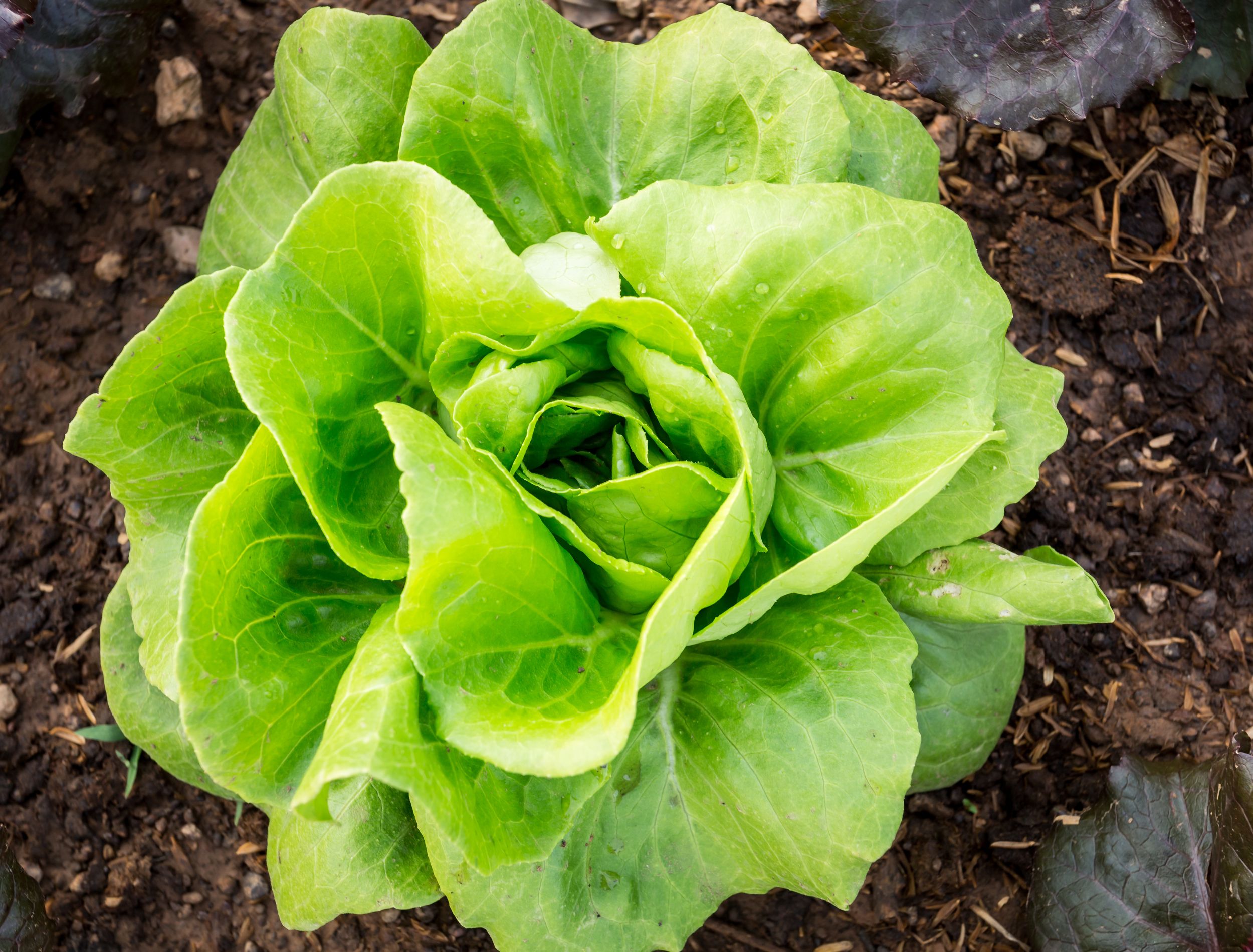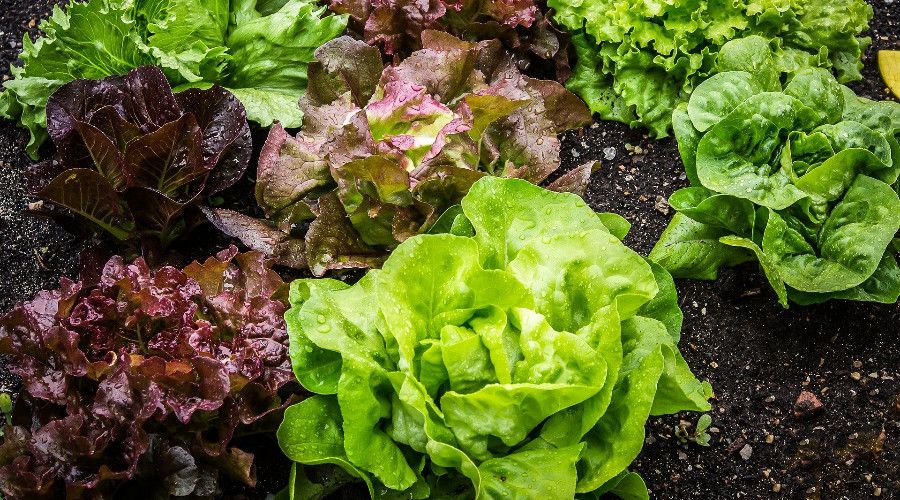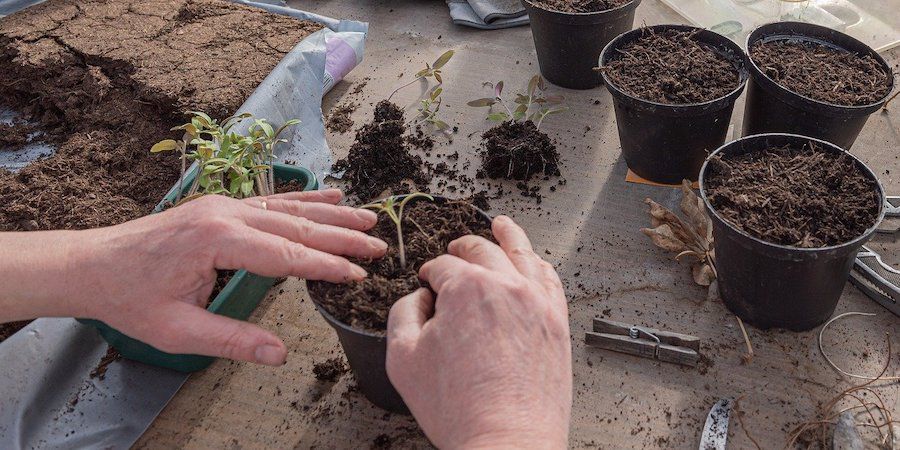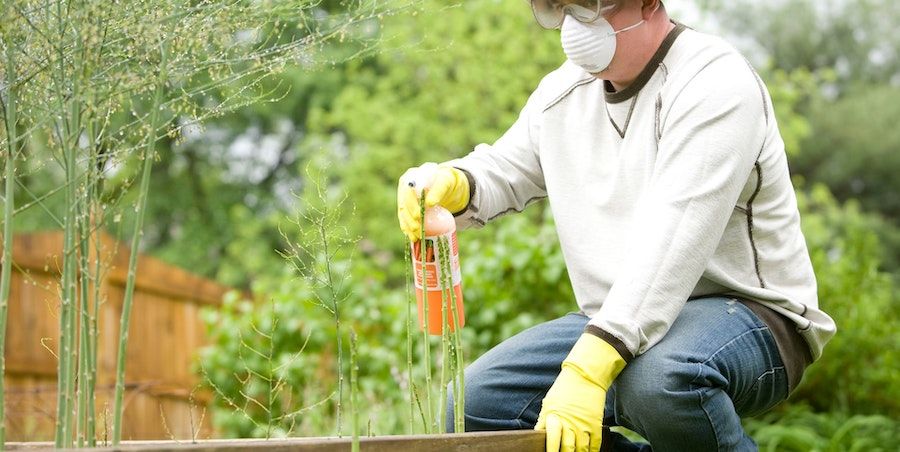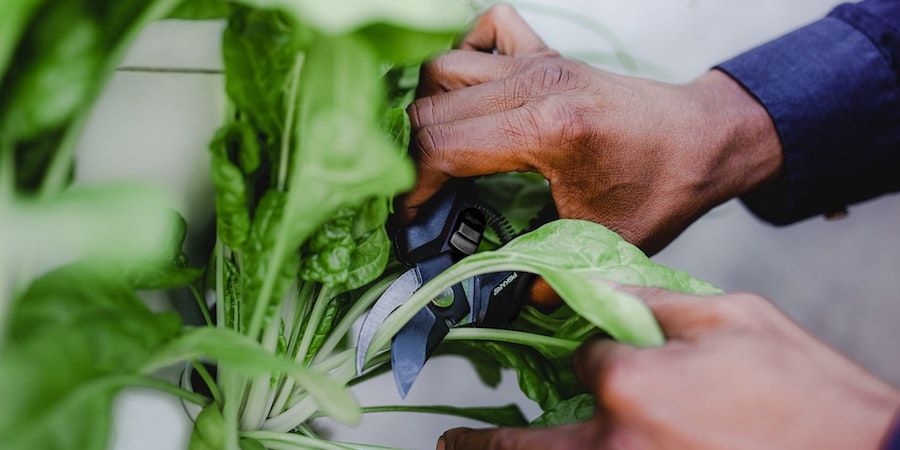Lettuce is a crisp vegetable perfect for salads and sandwiches. It's also great for juicing or smoothies. This amazing vegetable is low in calories and fat, and it's a good source of fiber.
Lettuce is available in different varieties, including iceberg, romaine, and leaf. You can also find it in many colors, including green, red, and even purple. No matter what type of lettuce you choose, it's a nutritious and delicious option for your next meal.
Here's what you need to know to grow your own lettuce!
What You'll Need
- Soil
- Trowel
- Gloves
A Step-By-Step Guide On How To Grow Lettuce
Step One- When To Plant
Image credits: Maxmann via Pixabay
Lettuce is a cool-weather crop, so it's best to start seeds indoors in late winter or early spring. You can start them indoors about six weeks before the last frost date in your area.
Step Two- Sowing Your Seeds
Image credits: amenic181 via Canva
Sow the seeds about 1/4 inch deep in moist potting mix and keep them damp until they germinate. To do this, fill a seed tray or pot with planting mix and scatter the seeds on top. Gently press them into the soil, then mist them with water. Put the tray in a warm spot and keep the soil moist. Once the seedlings emerge, provide them with plenty of light (a south-facing window is ideal).
Step Three- Transplanting Time!
Image credits: AndreasGoellner via Pixabay
When the seedlings are 4-6 weeks old or big enough to handle, transplant them into the garden or pots. Be sure to space them about 10cm apart, so they have room to grow.
Choose a spot that gets full sun in the morning but afternoon shade. Prepare the bed by loosening the soil and adding some organic matter.
Transplant the seedlings carefully, making sure not to damage their roots.
Step Four- Watering
Image credits: preechafakmee via Canva
Watering your lettuce is simple – just give it a good soak once or twice a week. But there are a few things to keep in mind to make sure your lettuce stays healthy and happy.
First, make sure you're using clean water. If your tap water isn't clean, use filtered or distilled water instead.
Second, be careful not to overwater your lettuce. Too much water can encourage rot and fungal growth. The best way to check if your lettuce needs water is to feel the soil around it. If the top inch of the soil is dry, it's time to water.
Apply a thin layer of mulch around the plants to help keep the soil moist.
Maintenance and Care
Step One- Keep An Eye Out
Image credits: Cherrylafoto via Pixabay
Lettuce is a shallow-rooted plant, so it doesn't need a lot of water. Just give it a good soaking once or twice a week. If you see the leaves starting to wilt, that's a sign that the plants need more water.
Additionally, keep an eye out for pests and diseases. If you see any evidence of pests or disease, take action immediately to prevent the issue from spreading.
Step Two- Fertilizing
Image credits: CDC via Unsplash
Fertilizing your freshly planted lettuce is important to ensure a bountiful harvest. There are many different ways to fertilize your lettuce, but we recommend using a nitrogen-rich fertilizer. This will help your lettuce grow strong and healthy leaves.
To fertilize your lettuce, start by mixing the fertilizer with water according to the package directions. Then, use a watering can or garden hose to apply the mixture to the soil around your plants. Be sure to evenly distribute the fertilizer so that all of your plants receive an equal amount.
Once you have applied the fertilizer, give your plants a good drink of water. This will help them absorb the nutrients from the fertilizer and start growing healthy and vigorous leaves. With a little care and attention, you will soon have a lush head of lettuce that is perfect for salads, sandwiches, and more!
Step Three- Harvesting
Image credits: Lettuce Grow via Unsplash
Lettuce is ready to harvest when the leaves are about 6 inches long. Cut or pinch them off at the base of the plant.
If you want to keep your lettuce fresh for as long as possible, make sure to store it in a cool, dark place immediately after harvesting. And there you have it – fresh, delicious lettuce that you can enjoy all season long!
In Summary
Get lettuce in your life! It's a great way to add some variety (and color) to your meals, and it's also really healthy for you. Lettuce is easy to grow, so be sure to give it a try. With a little care, you can enjoy fresh lettuce from your garden all spring and summer long!
And if you have any tips or tricks, be sure to share them in the comments below. We can't wait to hear from you!

